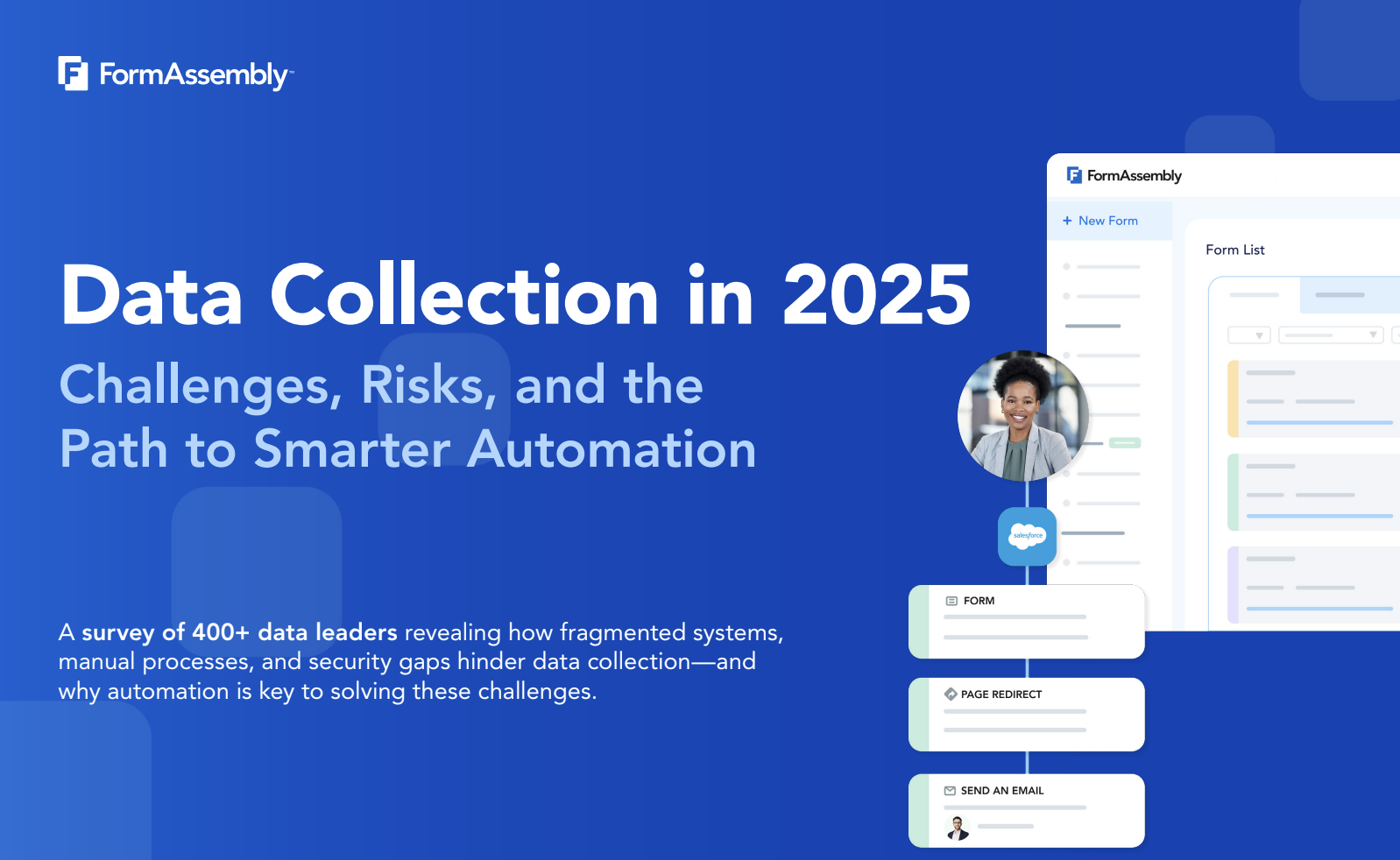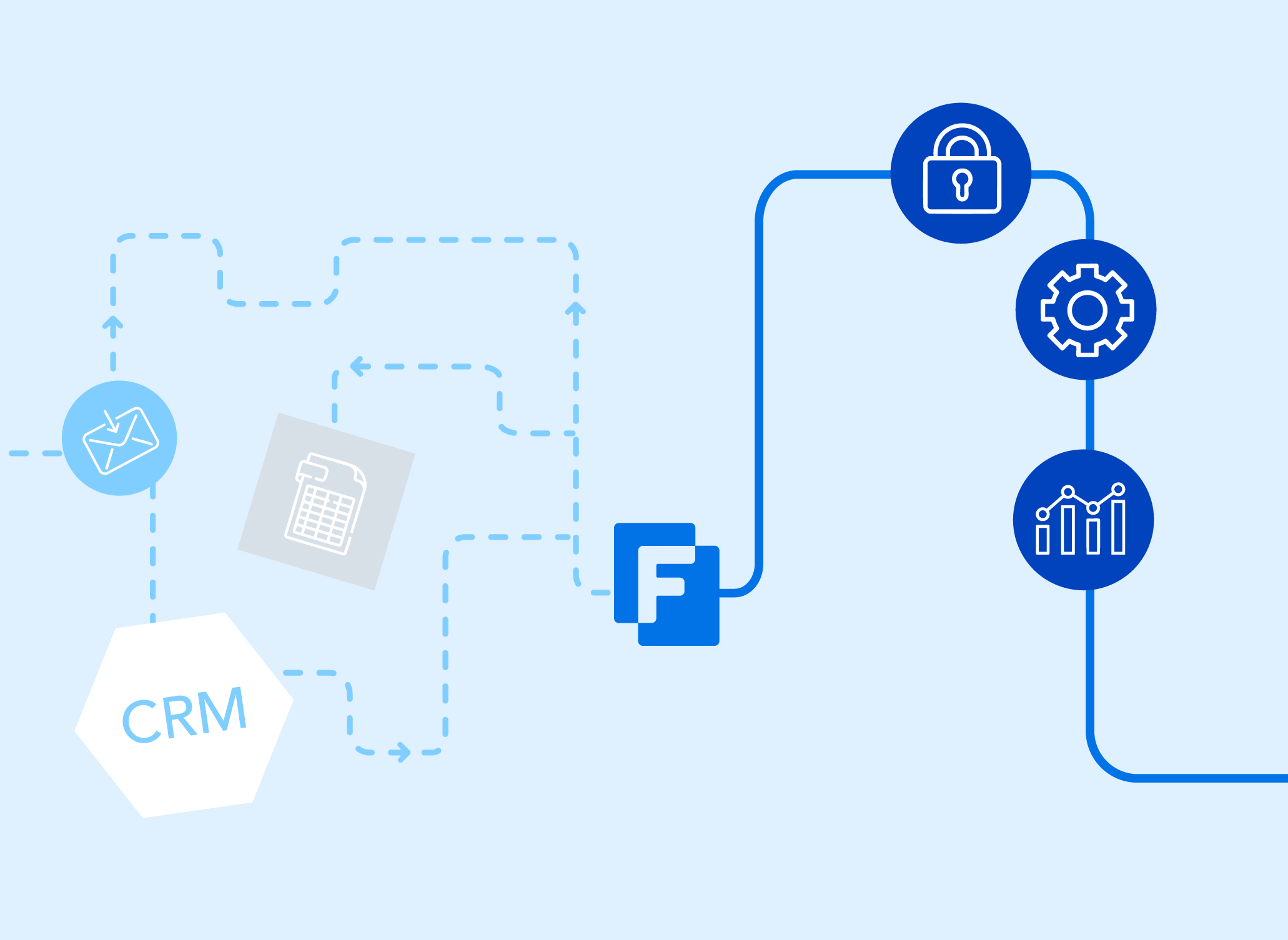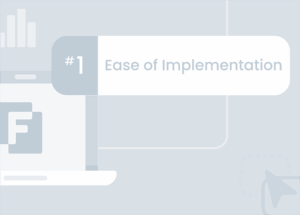Data is one of your organization’s most valuable assets – but only if it’s collected and managed the right way. Too often, teams rely on manual processes and disconnected tools to gather business-critical information. The result? Incomplete data, inconsistent formatting, and systems that don’t talk to each other.
In our latest research report, Data Collection in 2025: Challenges, Risks, and the Path to Smarter Automation, we found that most organizations are still struggling with data silos, inefficient workflows, and security gaps that slow teams down and create compliance risk.
These problems only get worse as companies grow. Instead of adopting a centralized strategy, many teams end up layering tools and processes on top of one another – making it harder to get accurate, reliable insights across departments. IT teams are left trying to patch things together, and decisions are made on shaky data.
It doesn’t have to be this way.
By rethinking your approach to data collection, you can reduce friction, eliminate redundancies, and build a more secure, scalable foundation for data-driven work. In this blog, we’ll dig into what’s holding organizations back and what forward-thinking teams are doing to move ahead.
Want the full story? Download the Data Collection in 2025 report to explore how businesses are solving the data challenge through smarter automation.
Key findings: The cost of disconnected data collection
80% of organizations are experiencing data quality issues due to disconnected systems.
That stat alone highlights a critical flaw in how most businesses collect and manage information, but it’s far from the only one. Our Data Collection in 2025 report reveals just how widespread and costly these issues have become:
- 77% say system limitations and lack of expertise block automation progress
- 91% are concerned about data security – but many still rely on fragmented, unsecured processes
- 98% of organizations using manual workflows struggle with inefficiencies
Together, these findings paint a clear picture: without a centralized, secure, and scalable data collection strategy, organizations waste time, increase risk, and limit their ability to grow.
Breaking down data silos: what’s at stake
Disconnected systems are causing data quality issues for 80% of organizations, making it harder to maintain accuracy and consistency. When information lives across CRMs, spreadsheets, and email threads, teams encounter duplicates, errors, and reporting gaps that slow decision-making.
The fix: Standardize data collection with a centralized platform so every team works from the same reliable source, improving accuracy and cross-functional visibility.
The operational cost of manual workflows
98% of organizations using manual processes report inefficiencies that drag down productivity and introduce avoidable errors. When employees spend hours entering and verifying data, it creates bottlenecks and diverts attention from higher-value work.
The fix: Automate data intake through connected, digital-first workflows to save time, reduce errors, and focus on what matters most.
Security and compliance risks
Even though 91% of respondents are concerned about data security, many still rely on fragmented, unsecured systems that increase risk. Sensitive information spread across multiple tools creates blind spots, weakens oversight, and leaves organizations vulnerable to breaches and compliance issues.
The fix: Centralize data collection with built-in security controls to enforce policies, maintain audit trails, and protect sensitive data.
The missing link in automation
While 99% of organizations see automation as a key opportunity, most struggle to execute due to disorganized and incomplete data. Automation can’t deliver results when the data it depends on is inconsistent or scattered across tools.
The fix: Lay a strong foundation by centralizing and structuring your data intake – so automation works as intended and scales with your needs.
Disconnected systems and manual workflows are holding teams back from working efficiently and securely. Download the Data Collection in 2025 report to see how data leaders are tackling these challenges and building smarter, automated processes.

Data Collection in 2025
Disconnected systems and manual workflows are holding teams back from working efficiently and securely. Download the Data Collection in 2025 report to see how data leaders are tackling these challenges and building smarter, automated processes.


